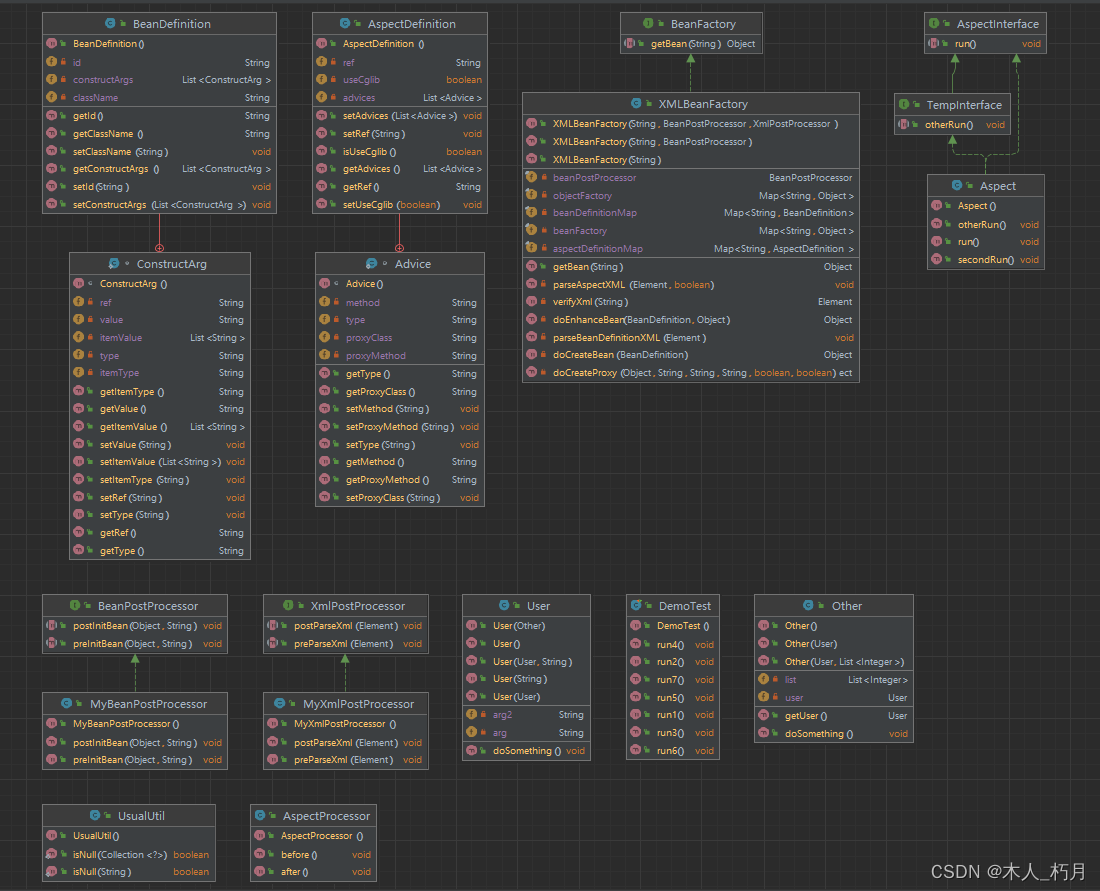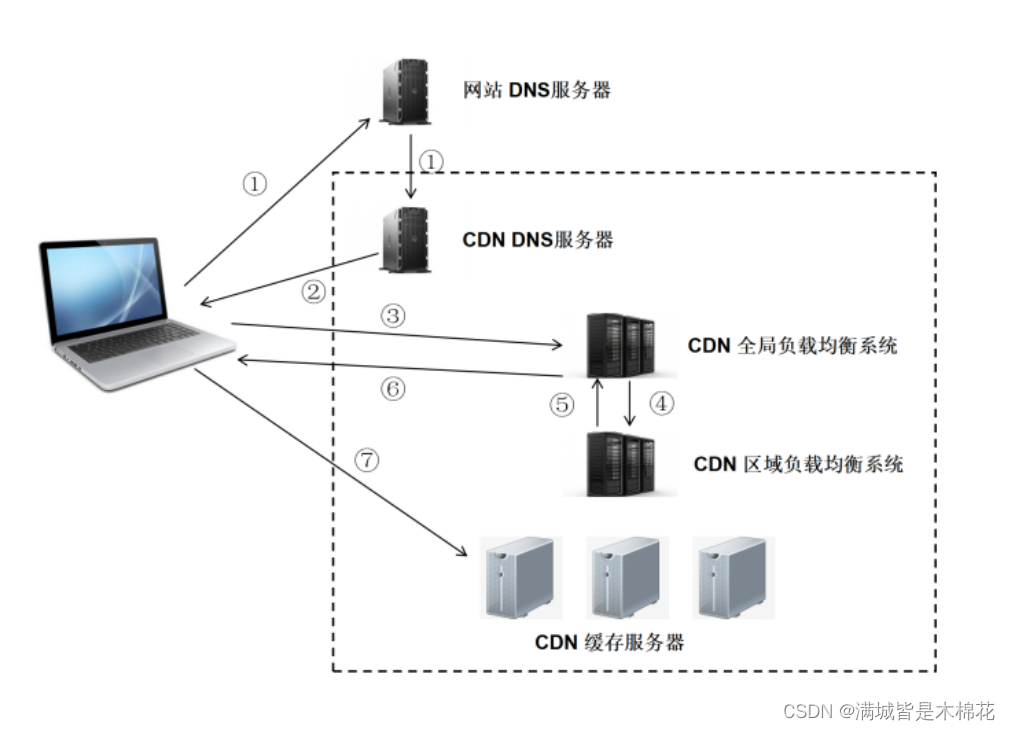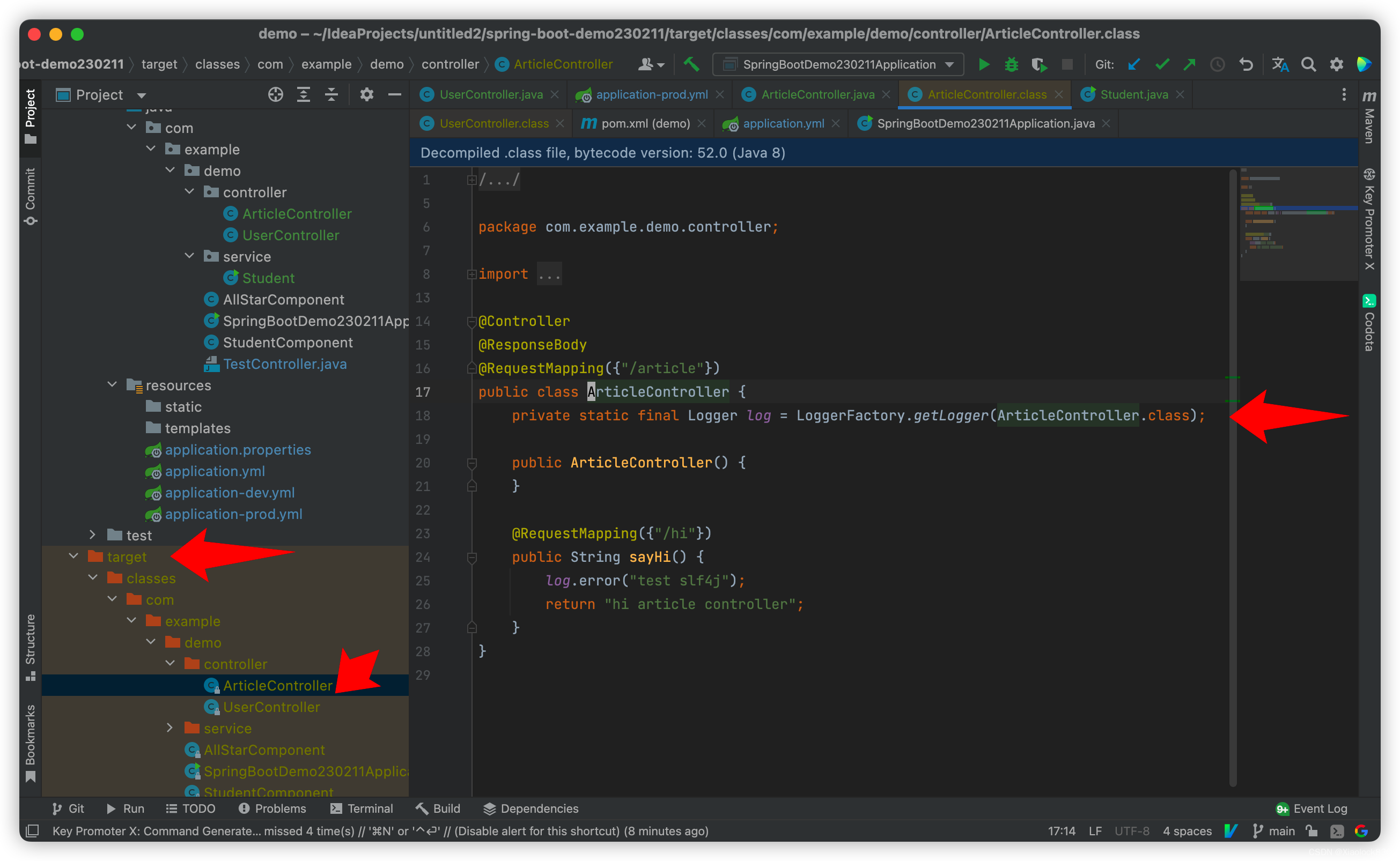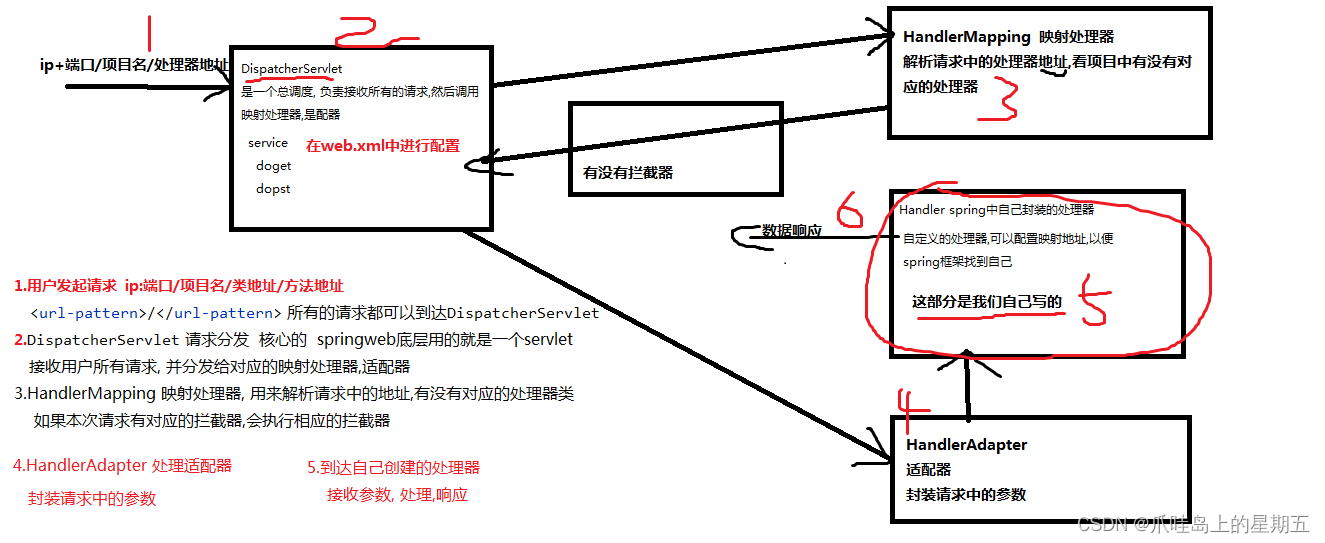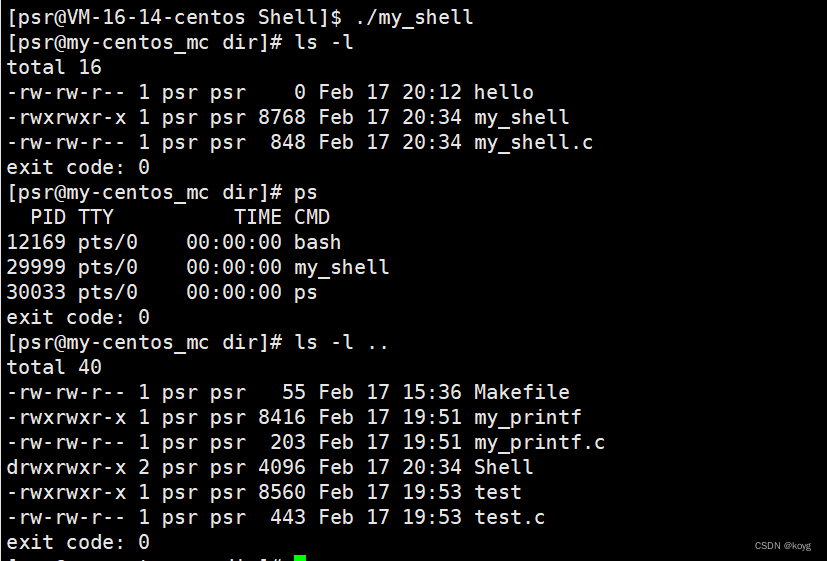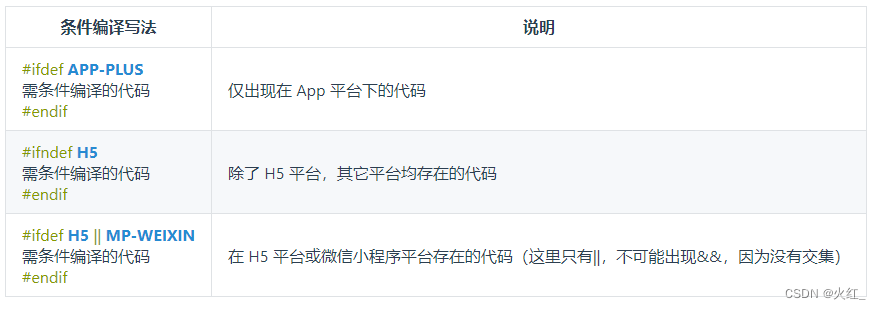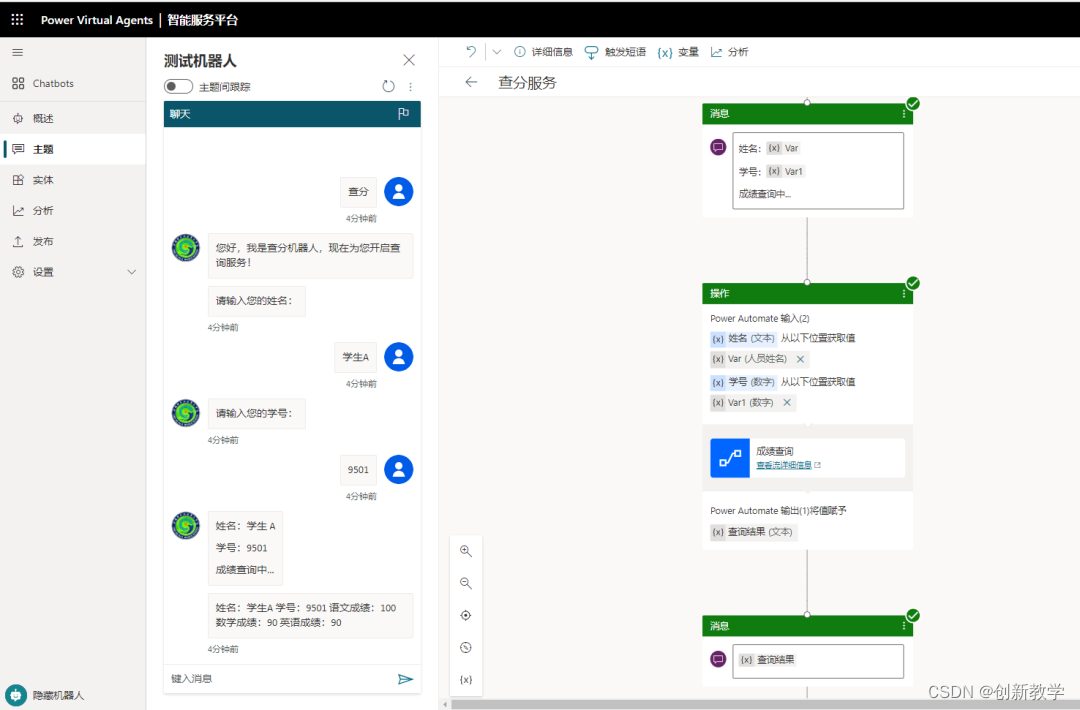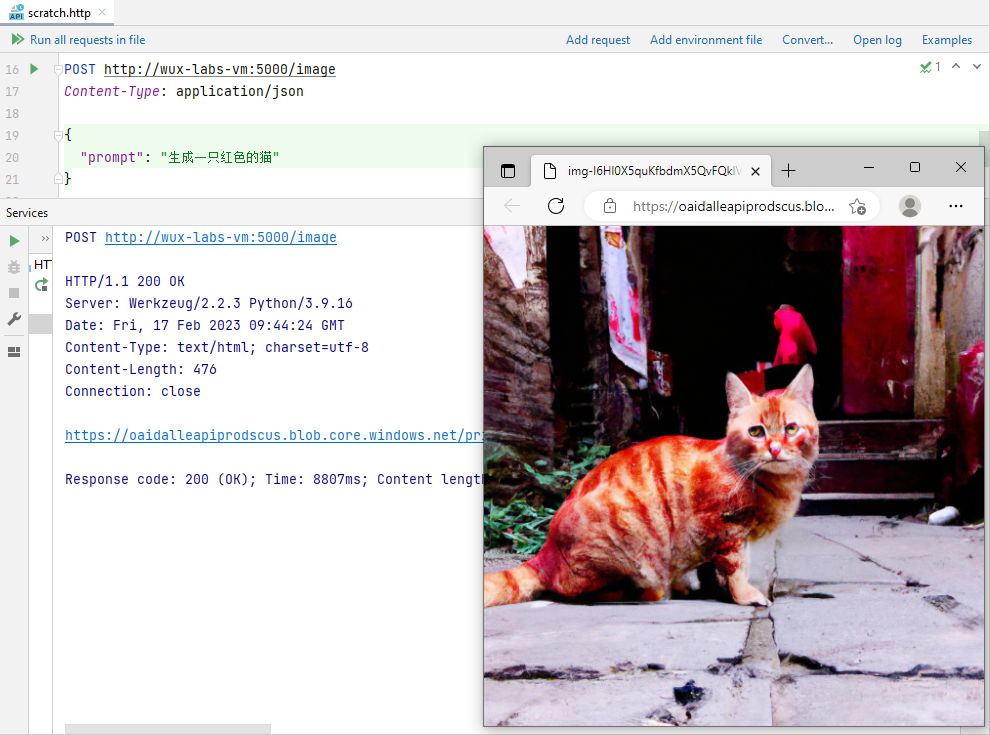说明
- 本文基于 tomcat 8.5.x 编写。
- @author blog.jellyfishmix.com / JellyfishMIX - github
- LICENSE GPL-2.0
tomcat 的 container 容器
- tomcat 由 connector 和 container 两部分组成,connector 接收到请求后,先将请求包装为 request,然后传递给 container 进行处理,最终返回给请求方。
- tomcat-container 按照包含关系一共有 4 个容器: StandardEngine, StandardHost, StandardContext, StandardWrapper。
- wrapper 表示一个 servlet,context 表示一个 web 应用程序,一个 web 应用程序中可能有多个 servlet。host 表示一个虚拟主机,一个虚拟主机里可能运行着多个 web 应用程序。engine 控制一个虚拟主机的生命周期。
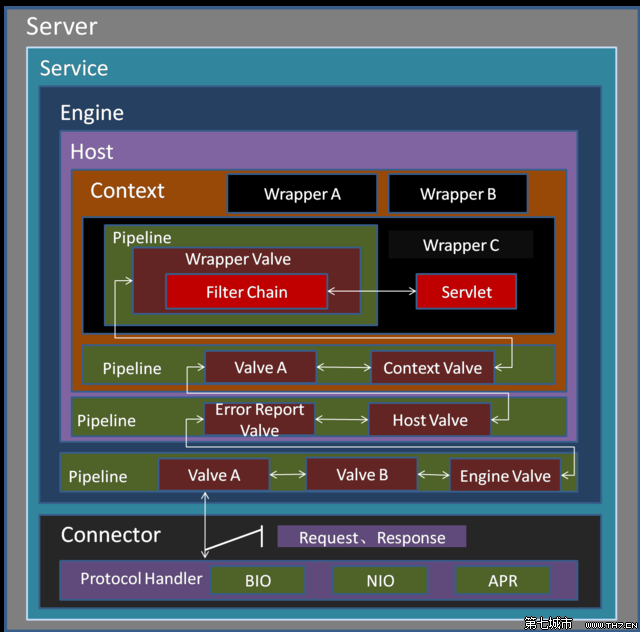
tomcat 的 pipeline 管道和 valve 阀门
- container 模块中,4 个 container 间不会直接调用对方来传递请求,请求在 4 个 container 之间传递依靠 pipeline 管道,调用 pipeline 传递请求。
- 4 种容器都有自己的 pipeline 组件,每个 pipeline 组件上可以有多个 valve(阀门),且至少会设定 1 个 baseValve(基础阀门)。基础阀门的作用是连接下一个 container,baseValve 是两个 container 之间的桥梁。pipeline-valve 应用了设计模式–责任链模式。
- pipeline 定义对应的接口是 Pipeline, 具体实现是 StandardPipeline。valve 定义对应的接口是 Valve,抽象类是 ValveBase。4 个容器对应基础阀门分别是 StandardEngineValve, StandardHostValve, StandardContextValve, StandardWrapperValve。
Pipeline 接口
org.apache.catalina.Pipeline
具体实现是 StandardPipeline
- Pipeline 中很多的方法用于操作 Valve,包括获取,设置,移除 Valve。
- getFirst 方法返回的是 Pipeline 上的第一个 Valve,addValve 方法可以添加一个阀门。getBasic/setBasic 方法用于获取/设置基础阀。basicValve 位于 pipeline 最后一个阀门位置。
public interface Pipeline {
public Valve getBasic();
public void setBasic(Valve valve);
public void addValve(Valve valve);
public Valve[] getValves();
public void removeValve(Valve valve);
public Valve getFirst();
public boolean isAsyncSupported();
public Container getContainer();
public void setContainer(Container container);
}
StandardPipeline#startInternal 方法
org.apache.catalina.core.StandardPipeline#startInternal
启动此 pipeline
- 设置当前 valve,如果 first 引用指向了 valve,则 first 指向的 valve 为当前 valve。否则 basicValve 为当前 valve。
- 遍历此 pipeline 的 valve 链表,调用链上每个 valve 的 start 方法。
- 将 pipeline 状态置为 STARTING
@Override
protected synchronized void startInternal() throws LifecycleException {
// Start the Valves in our pipeline (including the basic), if any
// 设置当前 valve,如果 first 引用指向了 valve,则 first 指向的 valve 为当前 valve。否则 basicValve 为当前 valve。
Valve current = first;
if (current == null) {
current = basic;
}
// 遍历此 pipeline 的 valve 链表,调用链上每个 valve 的 start 方法
while (current != null) {
if (current instanceof Lifecycle) {
((Lifecycle) current).start();
}
current = current.getNext();
}
// 将 pipeline 状态置为 STARTING
setState(LifecycleState.STARTING);
}
StandardPipeline#setBasic 方法
org.apache.catalina.core.StandardPipeline#setBasic
为此 pipeline 设置基础阀门 basicValve
- 如果已经有 basicValve 并且和要设置的值一样,那么直接 return 结束设置。
- 如果旧的 basicValve 非空,则调用其 stop 方法,取消和对应 container 的关联。
- 启动新的 basicValve 并和 container 进行关联。
- 遍历阀门链表,将新的 basicValve 替换至阀门链表。
@Override
public void setBasic(Valve valve) {
// Change components if necessary
// 如果已经有 basicValve 并且和要设置的值一样,那么直接 return 结束设置
Valve oldBasic = this.basic;
if (oldBasic == valve) {
return;
}
// Stop the old component if necessary
// 如果旧的 basicValve 非空,则调用其 stop 方法,取消和对应 container 的关联
if (oldBasic != null) {
if (getState().isAvailable() && (oldBasic instanceof Lifecycle)) {
try {
((Lifecycle) oldBasic).stop();
} catch (LifecycleException e) {
log.error(sm.getString("standardPipeline.basic.stop"), e);
}
}
if (oldBasic instanceof Contained) {
try {
((Contained) oldBasic).setContainer(null);
} catch (Throwable t) {
ExceptionUtils.handleThrowable(t);
}
}
}
// Start the new component if necessary
if (valve == null) {
return;
}
// 新的 basicValve 和 container 进行关联
if (valve instanceof Contained) {
((Contained) valve).setContainer(this.container);
}
// 启动新的 basicValve
if (getState().isAvailable() && valve instanceof Lifecycle) {
try {
((Lifecycle) valve).start();
} catch (LifecycleException e) {
log.error(sm.getString("standardPipeline.basic.start"), e);
return;
}
}
// Update the pipeline
// 遍历阀门链表,将新的 basicValve 替换至阀门链表
Valve current = first;
while (current != null) {
if (current.getNext() == oldBasic) {
current.setNext(valve);
break;
}
current = current.getNext();
}
this.basic = valve;
}
StandardPipeline#addValve 方法
org.apache.catalina.core.StandardPipeline#addValve
为此 pipeline 添加 valve
- 启动 valve 并和 container 进行关联。
- first 指向阀门链表第一个元素,从 first 开始遍历阀门链表,把 valve 加在现有 valve 链表末尾,basicValve 之前。
- 触发 container 添加 valve 事件。
public void addValve(Valve valve) {
// Validate that we can add this Valve
// valve 和 container 进行关联
if (valve instanceof Contained) {
((Contained) valve).setContainer(this.container);
}
// Start the new component if necessary
// 启动 valve
if (getState().isAvailable()) {
if (valve instanceof Lifecycle) {
try {
((Lifecycle) valve).start();
} catch (LifecycleException e) {
log.error(sm.getString("standardPipeline.valve.start"), e);
}
}
}
// Add this Valve to the set associated with this Pipeline
// first 指向阀门链表第一个元素,从 first 开始遍历阀门链表,把 valve 加在现有 valve 链表末尾,basicValve 之前
if (first == null) {
first = valve;
valve.setNext(basic);
} else {
Valve current = first;
while (current != null) {
if (current.getNext() == basic) {
current.setNext(valve);
valve.setNext(basic);
break;
}
current = current.getNext();
}
}
// 触发 container 添加 valve 事件
container.fireContainerEvent(Container.ADD_VALVE_EVENT, valve);
}
StandardPipeline#getValves 方法
org.apache.catalina.core.StandardPipeline#getValves
获取此 pipeline 所有的 valve,数组形式返回。
- 遍历链表把 valve 添加进集合内,最后集合转数组。
/**
* 获取此 pipeline 所有的 valve,数组形式返回。
*/
@Override
public Valve[] getValves() {
// 遍历链表把 valve 添加进集合内,最后集合转数组
List<Valve> valveList = new ArrayList<>();
Valve current = first;
if (current == null) {
current = basic;
}
while (current != null) {
valveList.add(current);
current = current.getNext();
}
return valveList.toArray(new Valve[0]);
}
StandardPipeline#removeValve 方法
org.apache.catalina.core.StandardPipeline#removeValve
移除指定的 valve
- 遍历阀门链表,定位目标 valve 并移除。
- first 是严格定义的除了 basicValve 的第一个阀门,不包括 basicValve。
- 取消被移除的 valve 与 container 的关联。
- 调用被移除 valve 的 stop, destroy 方法。
- 触发 container 移除 valve 事件。
/**
* Remove the specified Valve from the pipeline associated with this
* Container, if it is found; otherwise, do nothing. If the Valve is
* found and removed, the Valve's <code>setContainer(null)</code> method
* will be called if it implements <code>Contained</code>.
*
* 移除指定的 valve
*
* @param valve Valve to be removed
*/
@Override
public void removeValve(Valve valve) {
Valve current;
if(first == valve) {
first = first.getNext();
current = null;
} else {
current = first;
}
// 遍历阀门链表,定位目标 valve 并移除
while (current != null) {
if (current.getNext() == valve) {
current.setNext(valve.getNext());
break;
}
current = current.getNext();
}
// first 是严格定义的除了 basicValve 的第一个阀门,不包括 basicValve
if (first == basic) {
first = null;
}
// 取消被移除的 valve 与 container 的关联
if (valve instanceof Contained) {
((Contained) valve).setContainer(null);
}
// 调用被移除 valve 的 stop, destroy 方法
if (valve instanceof Lifecycle) {
// Stop this valve if necessary
if (getState().isAvailable()) {
try {
((Lifecycle) valve).stop();
} catch (LifecycleException e) {
log.error(sm.getString("standardPipeline.valve.stop"), e);
}
}
try {
((Lifecycle) valve).destroy();
} catch (LifecycleException e) {
log.error(sm.getString("standardPipeline.valve.destroy"), e);
}
}
// 触发 container 移除 valve 事件。
container.fireContainerEvent(Container.REMOVE_VALVE_EVENT, valve);
}
StandardPipeline#getFirst 方法
org.apache.catalina.core.StandardPipeline#getFirst
获取此 pipeline 第一个 valve,如果没有普通 valve 则返回 basicValve
/**
* 获取此 pipeline 第一个 valve,如果没有普通 valve 则返回 basicValve
*/
@Override
public Valve getFirst() {
if (first != null) {
return first;
}
return basic;
}
Valve 接口
org.apache.catalina.Valve
一个 pipeline 可以有多个 valve,这些 valve 链式存储,上一个 valve 对象持有下一个 valve 对象的引用。调用 getNext() 方法即可获取下个 valve 实例。setNext 方法设置下一个 valve 实例。
public interface Valve {
public String getInfo();
public Valve getNext();
public void setNext(Valve valve);
public void backgroundProcess();
public void invoke(Request request, Response response) throws IOException, ServletException;
public void event(Request request, Response response, CometEvent event) throws IOException,ServletException;
public boolean isAsyncSupported();
}
StandardEngineValve#invoke 方法
org.apache.catalina.core.StandardEngineValve#invoke
边界条件处理,然后调用 hostPipeline 的 valve 链表。
@Override
public final void invoke(Request request, Response response)
throws IOException, ServletException {
// Select the Host to be used for this Request
Host host = request.getHost();
if (host == null) {
// HTTP 0.9 or HTTP 1.0 request without a host when no default host
// is defined.
// Don't overwrite an existing error
if (!response.isError()) {
response.sendError(404);
}
return;
}
if (request.isAsyncSupported()) {
request.setAsyncSupported(host.getPipeline().isAsyncSupported());
}
// Ask this Host to process this request
host.getPipeline().getFirst().invoke(request, response);
}
StandardHostValve#invoke 方法
org.apache.catalina.core.StandardHostValve#invoke
边界条件处理,然后调用 contextPipeline 的 valve 链表。
public final class StandardHostValve extends ValveBase {
protected Container container = null;
protected Valve next = null;
@Override
public final void invoke(Request request, Response response)
throws IOException, ServletException {
Context context = request.getContext();
if (context == null) {
return;
}
if (request.isAsyncSupported()) {
request.setAsyncSupported(context.getPipeline()
.isAsyncSupported());
}
boolean asyncAtStart = request.isAsync();
try {
context.bind(Globals.IS_SECURITY_ENABLED, MY_CLASSLOADER);
if (!asyncAtStart &&
!context.fireRequestInitEvent(request.getRequest())) {
return;
}
try {
if (!response.isErrorReportRequired()) {
// 继续执行管道连接的下个Container方法
context.getPipeline().getFirst()
.invoke(request, response);
}
} catch (Throwable t) {
...
}
...
} finally {
if (ACCESS_SESSION) {
request.getSession(false);
}
context.unbind(Globals.IS_SECURITY_ENABLED, MY_CLASSLOADER);
}
}
}
StandardContextValve#invoke 方法
org.apache.catalina.core.StandardContextValve#invoke
禁止访问 WEB-INF 或者 META-INF 路径下的资源,ack 确认请求。然后调用 wrapperPipeline 的 valve 链表。
@Override
public final void invoke(Request request, Response response)
throws IOException, ServletException {
// Disallow any direct access to resources under WEB-INF or META-INF
// 禁止访问 WEB-INF 或者 META-INF 路径下的资源
MessageBytes requestPathMB = request.getRequestPathMB();
if ((requestPathMB.startsWithIgnoreCase("/META-INF/", 0))
|| (requestPathMB.equalsIgnoreCase("/META-INF"))
|| (requestPathMB.startsWithIgnoreCase("/WEB-INF/", 0))
|| (requestPathMB.equalsIgnoreCase("/WEB-INF"))) {
response.sendError(HttpServletResponse.SC_NOT_FOUND);
return;
}
// Select the Wrapper to be used for this Request
Wrapper wrapper = request.getWrapper();
if (wrapper == null || wrapper.isUnavailable()) {
response.sendError(HttpServletResponse.SC_NOT_FOUND);
return;
}
// Acknowledge the request
// ack 确认请求
try {
response.sendAcknowledgement(ContinueResponseTiming.IMMEDIATELY);
} catch (IOException ioe) {
container.getLogger().error(sm.getString(
"standardContextValve.acknowledgeException"), ioe);
request.setAttribute(RequestDispatcher.ERROR_EXCEPTION, ioe);
response.sendError(HttpServletResponse.SC_INTERNAL_SERVER_ERROR);
return;
}
if (request.isAsyncSupported()) {
request.setAsyncSupported(wrapper.getPipeline().isAsyncSupported());
}
// 调用 wrapperPipeline 的 valve 链表
wrapper.getPipeline().getFirst().invoke(request, response);
}
StandardWrapperValve#invoke 方法
org.apache.catalina.core.StandardWrapperValve#invoke
为请求分配 servlet,
- 初始化一些局部变量,检查当前应用的状态是否可用等前置校验。
- 调用 servlet 的 allocate 方法,为请求分配一个 servlet 实例。
- 为此请求创建 ApplicationFilterChain 并调用 doFilter 方法,在 filterChain 中会调用 servlet 的 service 方法处理请求。
@Override
public final void invoke(Request request, Response response)
throws IOException, ServletException {
// Initialize local variables we may need
// 初始化一些局部变量
boolean unavailable = false;
Throwable throwable = null;
// This should be a Request attribute...
long t1=System.currentTimeMillis();
requestCount.incrementAndGet();
StandardWrapper wrapper = (StandardWrapper) getContainer();
Servlet servlet = null;
Context context = (Context) wrapper.getParent();
// Check for the application being marked unavailable
// 检查当前应用的状态是否可用
if (!context.getState().isAvailable()) {
response.sendError(HttpServletResponse.SC_SERVICE_UNAVAILABLE,
sm.getString("standardContext.isUnavailable"));
unavailable = true;
}
// 调用 servlet 的 allocate 方法,为请求分配一个 servlet 实例
try {
if (!unavailable) {
servlet = wrapper.allocate();
}
} catch
// Create the filter chain for this request
// 为此请求创建 ApplicationFilterChain
ApplicationFilterChain filterChain =
ApplicationFilterFactory.createFilterChain(request, wrapper, servlet);
// Call the filter chain for this request
// NOTE: This also calls the servlet's service() method
// 为此请求调用 ApplicationFilterChain,在 filterChain 中会调用 servlet 的 service 方法处理请求
Container container = this.container;
try {
if ((servlet != null) && (filterChain != null)) {
// Swallow output if needed
if (context.getSwallowOutput()) {
// ...
} else {
if (request.isAsyncDispatching()) {
request.getAsyncContextInternal().doInternalDispatch();
} else {
// 核心方法
filterChain.doFilter
(request.getRequest(), response.getResponse());
}
}
}
} catch () {
// ...
} finally {
// ...
}
}
FilterChain 接口和 Filter 接口
- FilterChain 接口和 Filter 接口应用了责任链设计模式,FilterChain 持有各 filter 的引用并排了序号,提供依次对各 filter 的调用能力。
- 由 filterChain 负责从第一个 filter 开始,按序号调用各 filter 的 doFilter 方法。当前 filter 的 doFilter 方法执行完毕后,触发 filterChain 对下一个 filter 调用。所有 filter 调用完毕后,filterChain 负责调用 servlet 的 service 方法处理请求。
public interface FilterChain {
/**
* Causes the next filter in the chain to be invoked, or if the calling
* filter is the last filter in the chain, causes the resource at the end of
* the chain to be invoked.
*
* @param request
* the request to pass along the chain.
* @param response
* the response to pass along the chain.
*
* @throws IOException if an I/O error occurs during the processing of the
* request
* @throws ServletException if the processing fails for any other reason
*/
public void doFilter(ServletRequest request, ServletResponse response)
throws IOException, ServletException;
}
Filter 接口,提供对请求的过滤能力。声明了初始化方法 init 和销毁方法 destroy,核心是 doFilter 方法,子类实现后写过滤逻辑。
public interface Filter {
public void init(FilterConfig filterConfig) throws ServletException;
public void doFilter(ServletRequest request, ServletResponse response,
FilterChain chain) throws IOException, ServletException;
public void destroy();
}
ApplicationFilterChain#doFilter 方法
filterChain 调用 filter 的封装方法,有一层校验逻辑的封装。直接看 internalDoFilter 方法,最终调用了 filter。
public final class ApplicationFilterChain implements FilterChain {
@Override
public void doFilter(ServletRequest request, ServletResponse response)
throws IOException, ServletException {
// ...
internalDoFilter(request,response);
}
ApplicationFilterChain#internalDoFilter 方法
filterChain 调用 filter 的具体方法。
- n 是此 filterChain 上 filter 的数量,pos 是当前执行到的 filter 的序号。
- 没执行完所有 filter,则继续调用下一个 filter 的 doFilter 方法处理请求。
- 执行完所有 filter,到达 filterChain 的末尾,调用 servlet 实例的 service 方法处理请求。
private void internalDoFilter(ServletRequest request,
ServletResponse response)
throws IOException, ServletException {
// Call the next filter if there is one
// n 是此 filterChain 上 filter 的数量,pos 是当前执行到的 filter 的序号
// 没执行完所有 filter,则继续调用下一个 filter 的 doFilter 方法处理请求
if (pos < n) {
ApplicationFilterConfig filterConfig = filters[pos++];
try {
Filter filter = filterConfig.getFilter();
if (request.isAsyncSupported() && "false".equalsIgnoreCase(
filterConfig.getFilterDef().getAsyncSupported())) {
request.setAttribute(Globals.ASYNC_SUPPORTED_ATTR, Boolean.FALSE);
}
// ...
filter.doFilter(request, response, this);
} catch (IOException | ServletException | RuntimeException e) {
// ...
} catch (Throwable e) {
// ...
}
return;
}
// We fell off the end of the chain -- call the servlet instance
// 执行完所有 filter,到达 filterChain 的末尾,调用 servlet 实例的 service 方法处理请求
try {
// ...
servlet.service(request, response);
} catch (IOException | ServletException | RuntimeException e) {
// ...
} catch (Throwable e) {
// ...
} finally {
// ...
}
}


